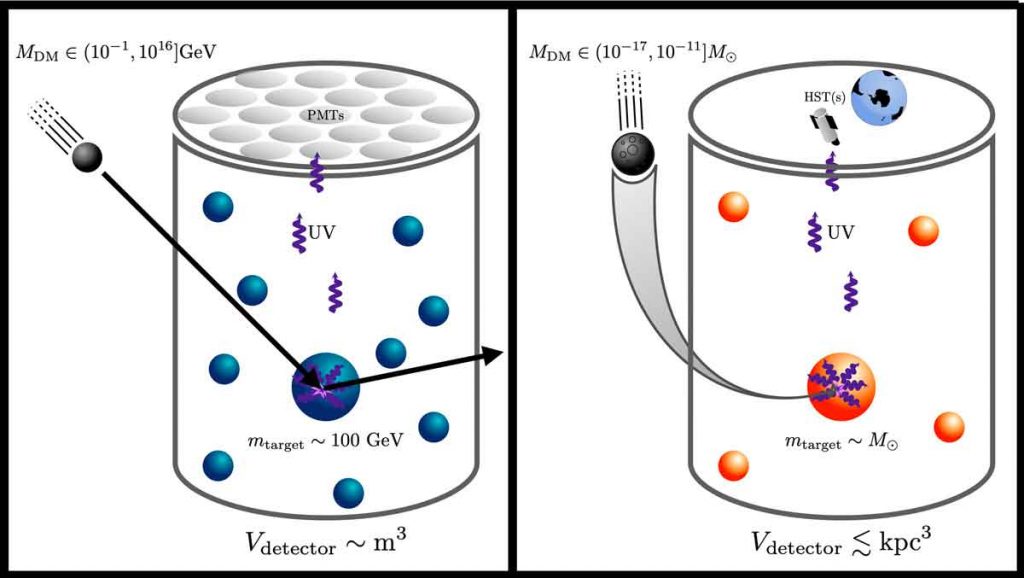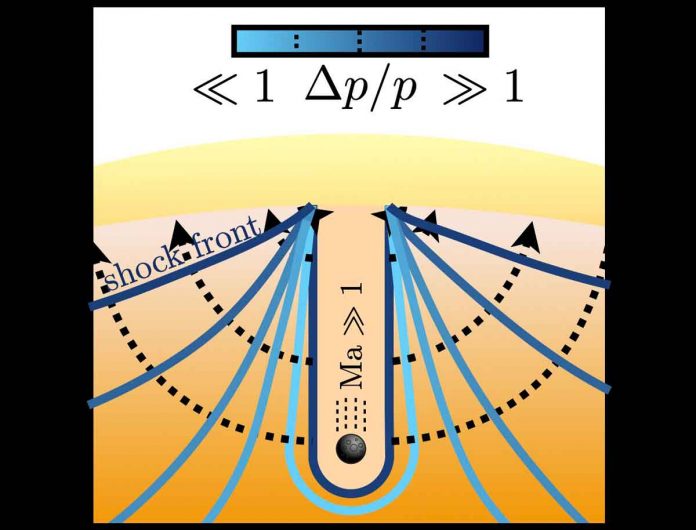SLAC National Accelerator Laboratory and Université Paris Saclay scientists have carried out a theoretical study that could introduce a new way of searching for dark matter. The research paper has been published in Physical Review Letters. It shows that when macroscopic dark matter travels through a star, it could produce shock waves. These waves might reach the star’s surface. These can lead to distinctive and transient optical X-ray emissions. These are detectable by sophisticated telescopes.
Scientists started exploring the possibility that the heat produced during the impact between a dark matter asteroid could result in the star exploding. This hypothesis was based on past studies. Studies suggested that energy deposition can sometimes trigger supernova in white dwarfs. Scientists realised the impact between a dark matter asteroid and an ordinary star would most likely not lead to an explosion. Because ordinary stars are more stable than white dwarfs.

Shock waves are sharp signals produced when an object is moving faster than the speed of sound. Scientists predicted the shock waves produced by dark asteroids deep inside a star could reach a star’s surface. It resulted in a short-lived hot spot that could be detected using telescopes. This telescope can examine the UV spectrum.
The new study follows a growing trend within the astrophysics community. It used astronomical objects as enormous dark matter detectors. This study searched for dark matter unites the fields of particle physics and astrophysics.
In future, scientists will inspire engineers to build new and smaller UV telescopes which can observe wider parts of the universe. ULTRASAT telescope is already set to be released in 2024. With this telescope, scientists can search for dark matter by examining stellar surfaces. Scientists planned to try to detect potential dark asteroid impact events using UV telescope data.

